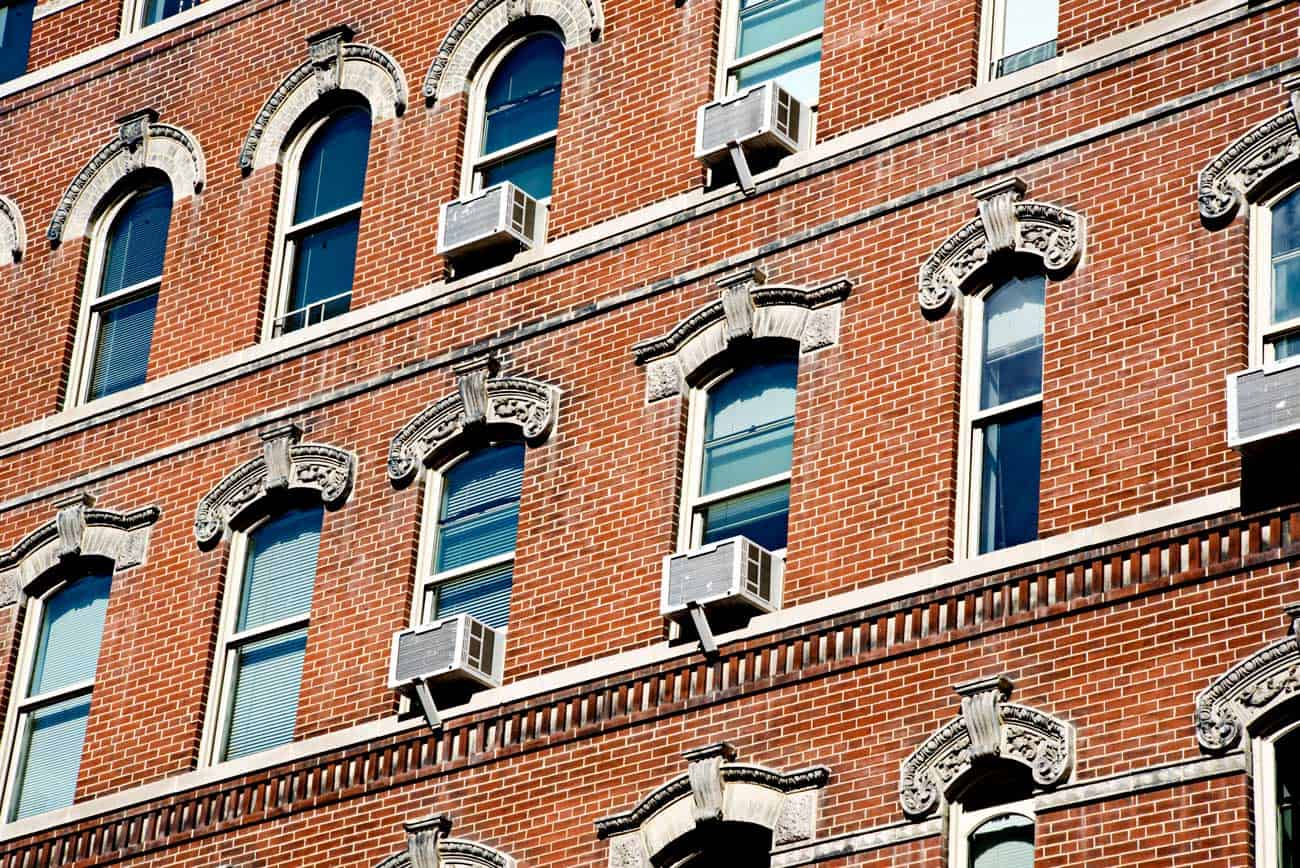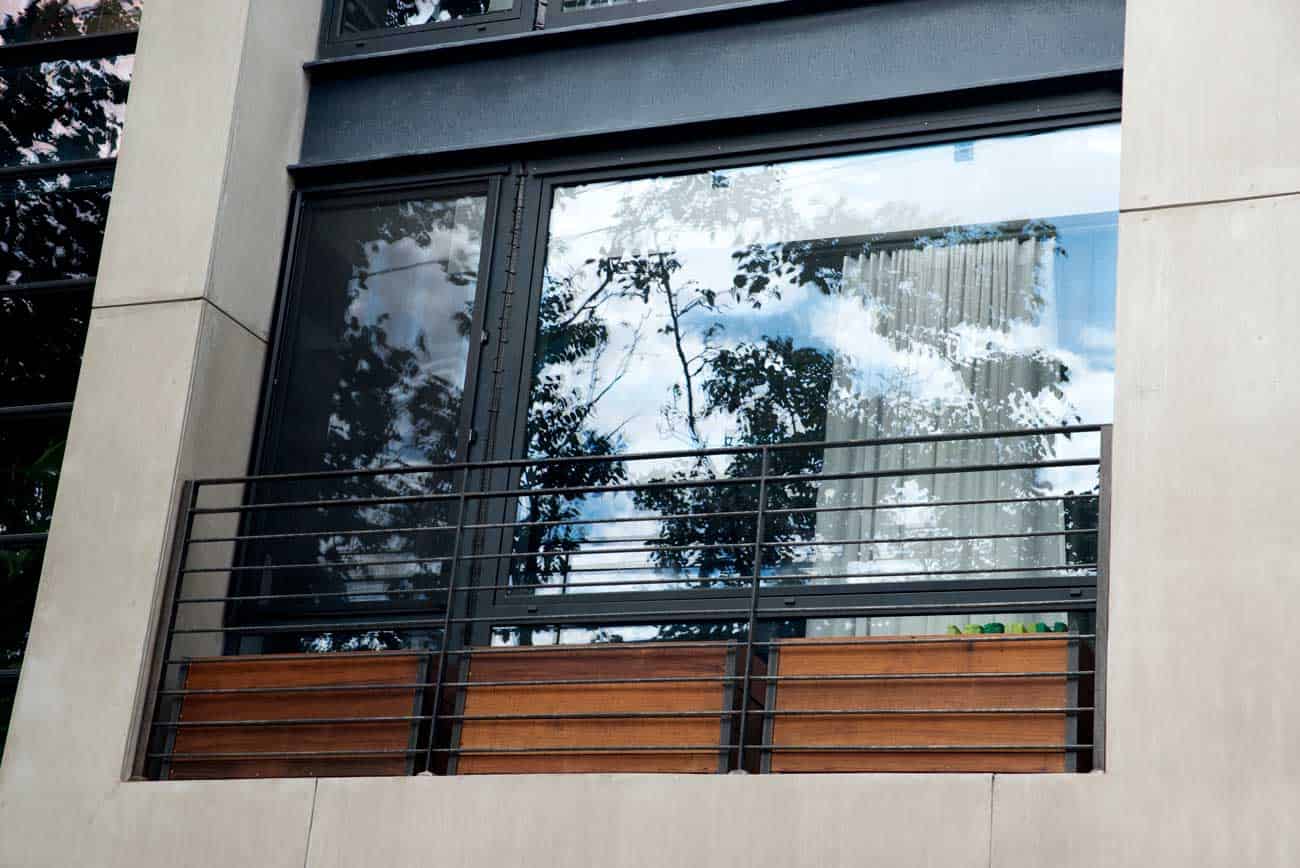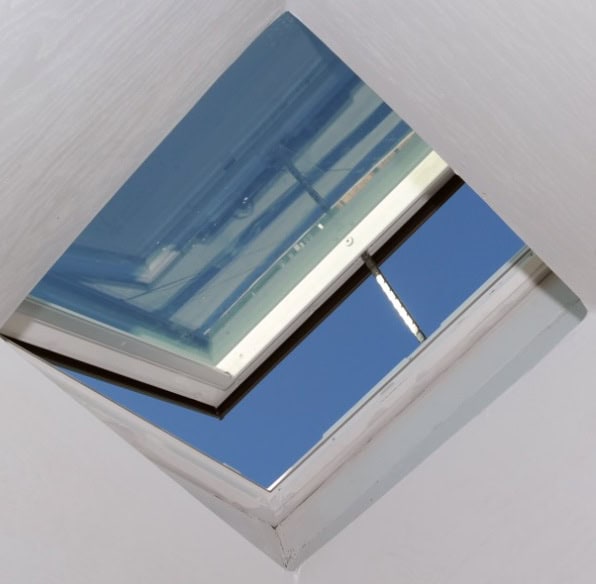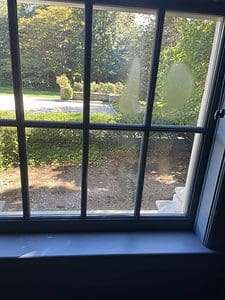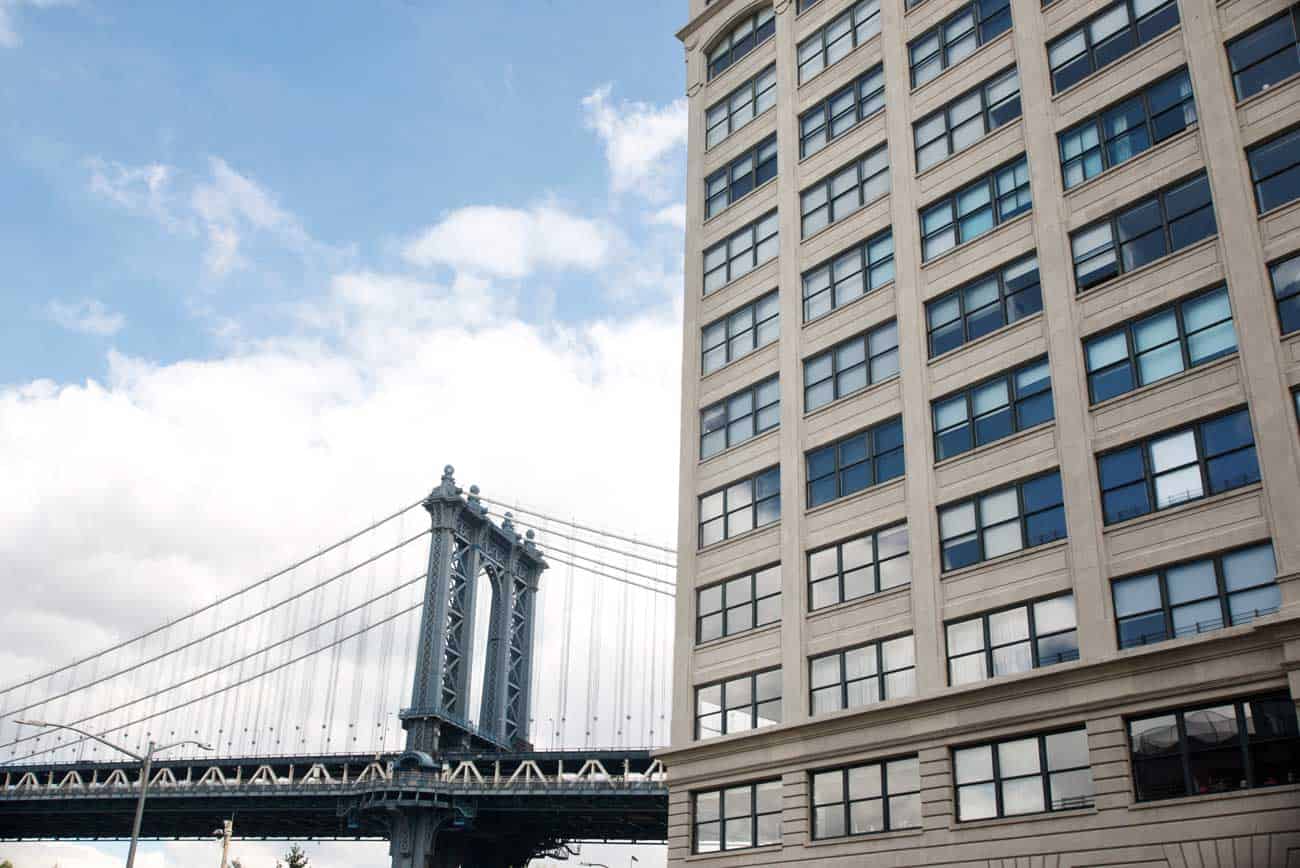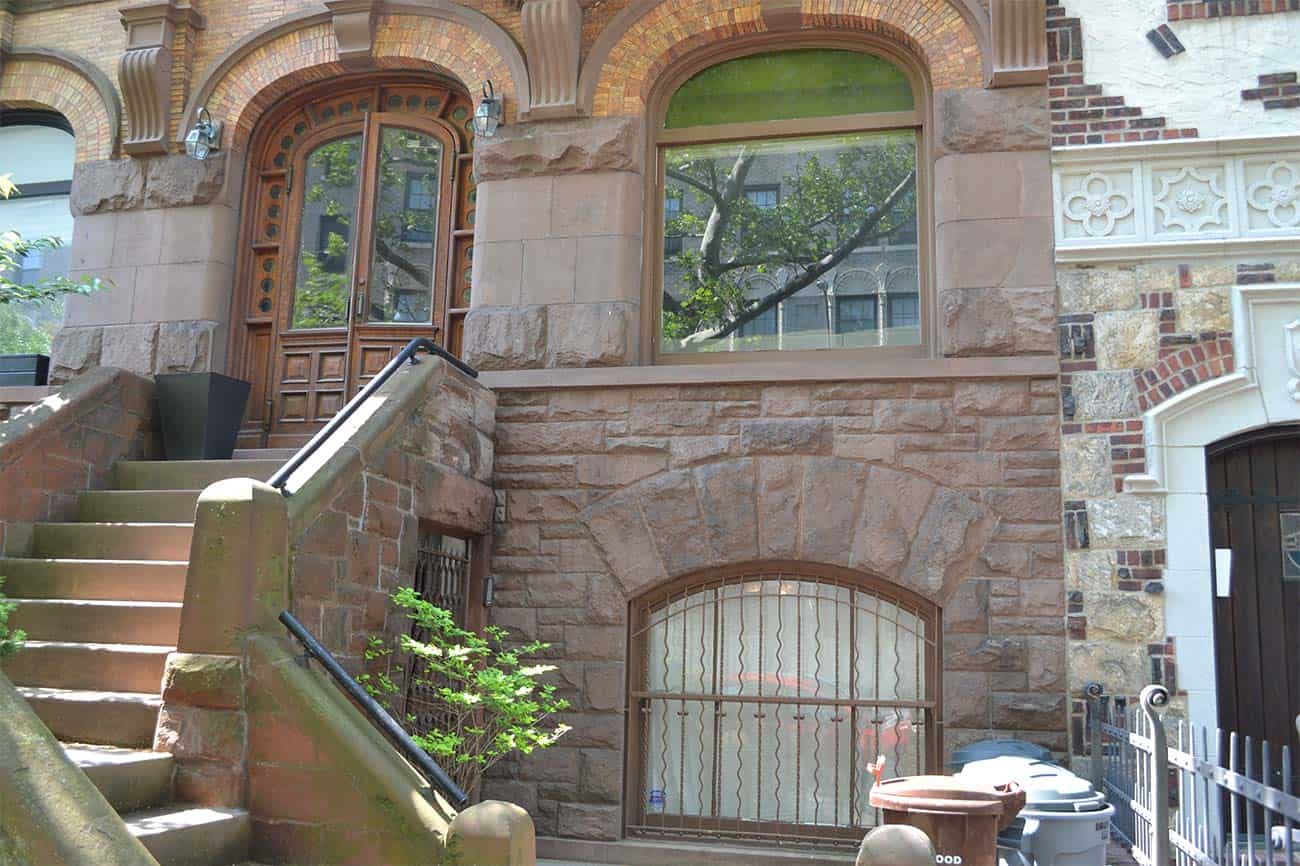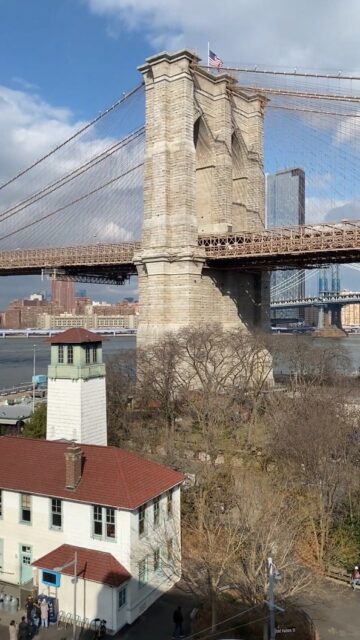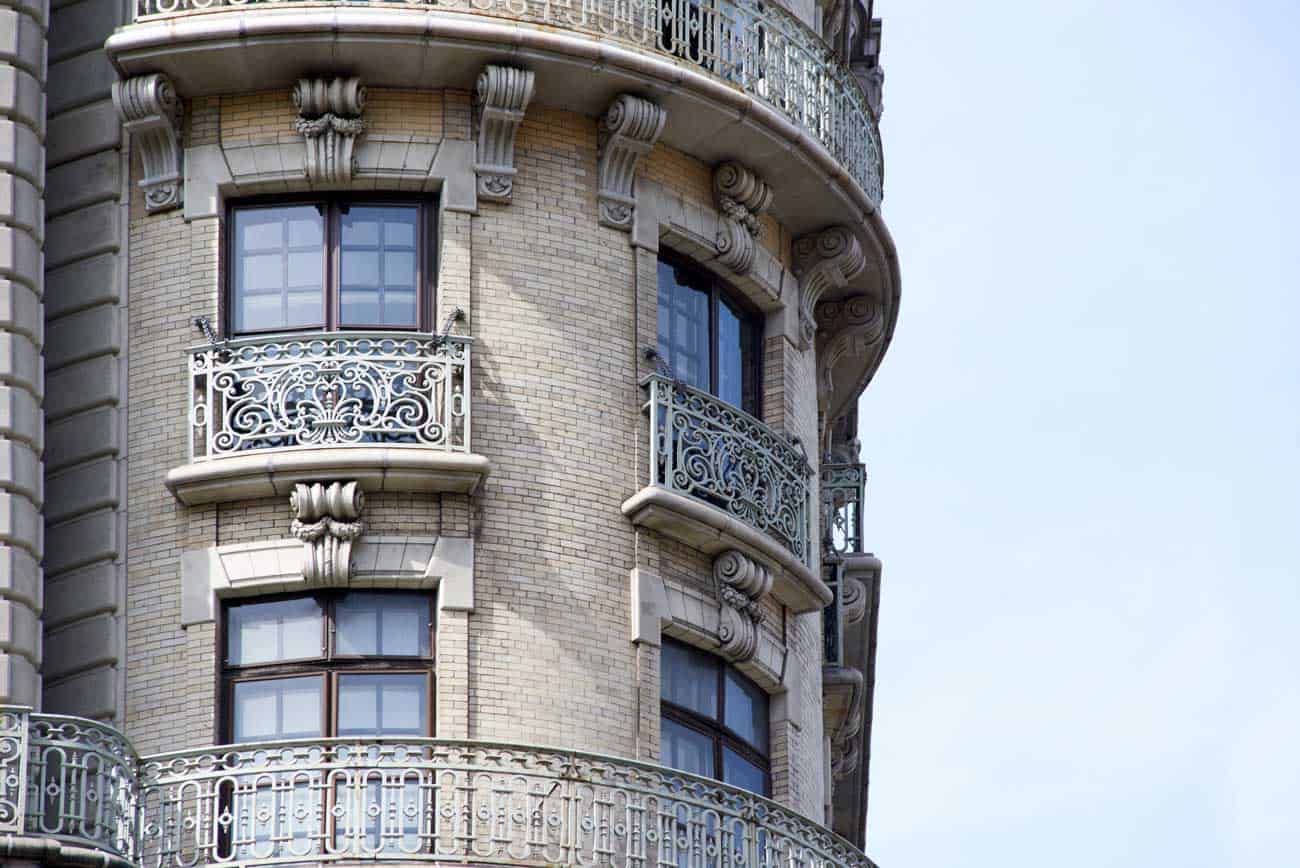The Mission of the New York City LPC
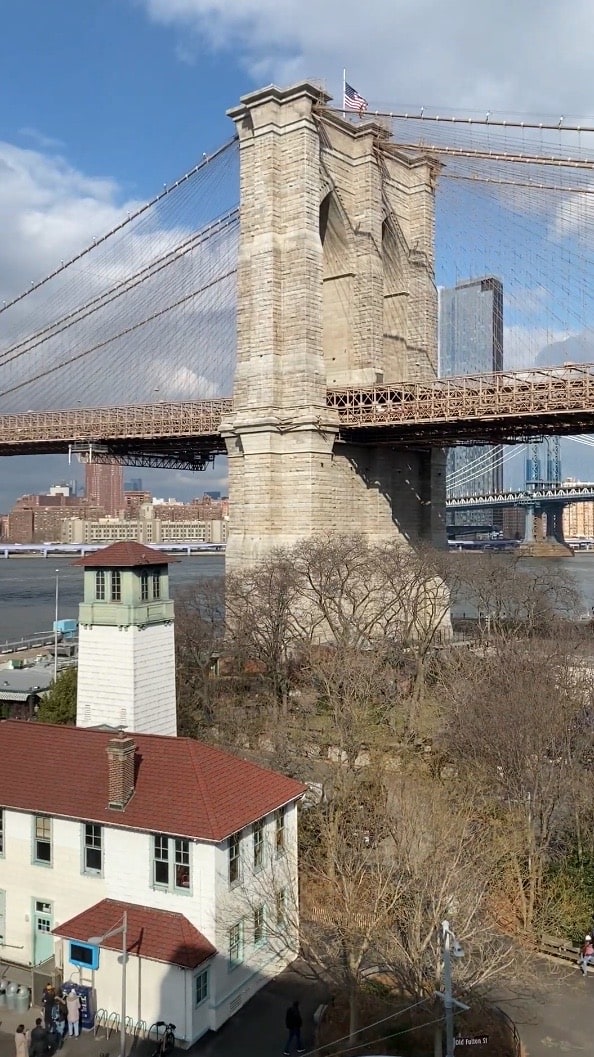
Mission Impossible?
The Landmarks Preservation Commission (LPC) stands as the gate-keeper, safeguarding New York City’s architectural, historical, and cultural treasures. Charged with the mission of designating landmarks and historic districts, and subsequently overseeing their regulation, the LPC holds the mantle as the largest municipal preservation agency in the United States.
The roots of this institution trace back to the early 1960s when initial concerns over the fate of the city’s cherished landmarks began to resonate. In response to this growing apprehension, a preservation committee was convened in 1961.
However, recognizing the urgency of the matter, the following year saw the formal establishment of the Landmarks Preservation Commission. This marked a pivotal moment, laying the groundwork for an entity devoted solely to the protection and stewardship of New York City’s architectural heritage.
Yet, it was not until the auspicious passage of the Landmarks Law in April 1965 that the LPC’s authority was significantly bolstered. With this legislative triumph, the commission was endowed with the legal muscle needed to carry out its mission effectively. Thus, empowered by the Landmarks Law, the LPC embarked on its noble endeavor to safeguard the aesthetic and historical splendor that graces the cityscape.
Central to the commission’s mandate is the preservation of structures, buildings, and objects that bear not only architectural significance but also hold historical and cultural import. These edifices serve as tangible links to the past, weaving a narrative of the city’s evolution and collective identity. Whether they be grandiose skyscrapers, quaint brownstones, or iconic monuments, each holds a piece of New York City’s rich tapestry.
Learn more about the work we’ve done with of the New York City LPC here.
As of February 1, 2022, the roster of landmark properties under the guardianship of the LPC surpassed an impressive count of 37,800. Spanning across all five boroughs, these landmarks are dispersed among 150 historic districts, each imbued with its own unique character and story. From the cobblestone streets of Brooklyn’s DUMBO to the stately townhouses of Manhattan’s Upper East Side, the city’s diverse architectural heritage is meticulously preserved under the watchful eye of the LPC.
Beyond mere preservation, the commission plays a pivotal role in shaping the urban landscape, fostering a harmonious balance between progress and conservation. Through meticulous review and regulation, the LPC ensures that any alterations or developments undertaken within landmarked areas are conducted with utmost sensitivity to their historical context. This delicate dance between preservation and progress underscores the commission’s commitment to safeguarding the integrity of New York City’s built environment for generations to come.
Moreover, the LPC serves as a beacon of education and advocacy, championing the intrinsic value of historic preservation. Through outreach programs, educational initiatives, and public engagement efforts, the commission endeavors to foster a deeper appreciation for the city’s architectural legacy. By cultivating a sense of stewardship among residents and visitors alike, the LPC seeks to instill a collective sense of responsibility towards preserving New York City’s cultural heritage.
In essence, the Landmarks Preservation Commission stands as a steadfast guardian of New York City’s architectural soul. With unwavering dedication and vigilance, it ensures that the city’s iconic skyline remains a testament to its storied past and a source of inspiration for future generations. In a world where progress often comes at the expense of heritage, the LPC stands as a beacon of hope, proving that preservation and progress can indeed coexist harmoniously.
Learn more about how WindowFix can help navigate the LPC Permit process.


